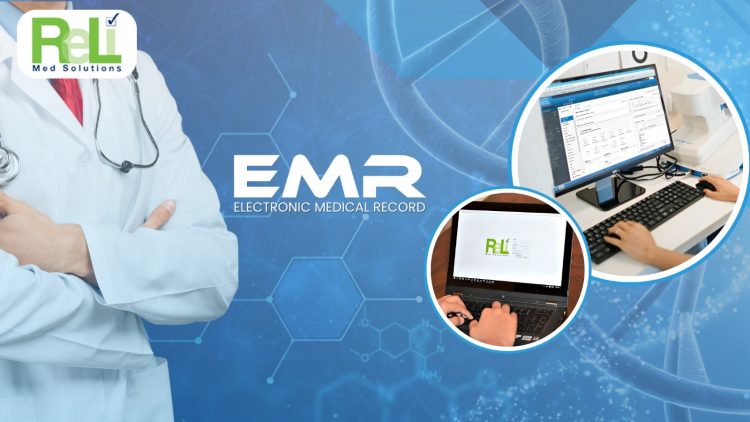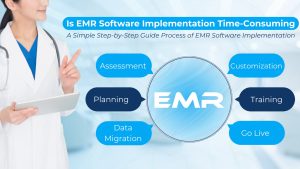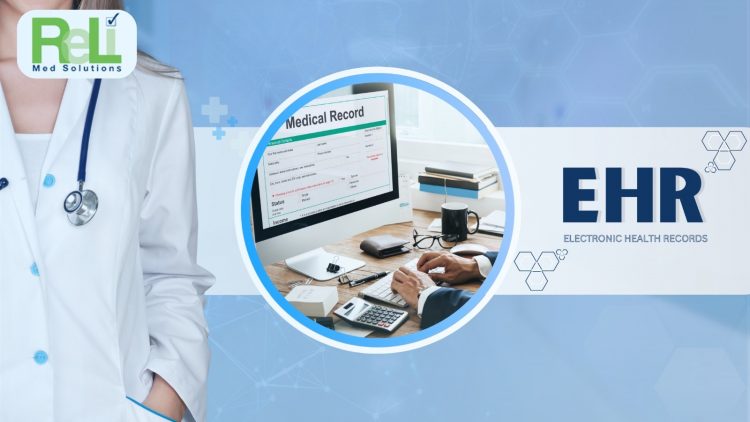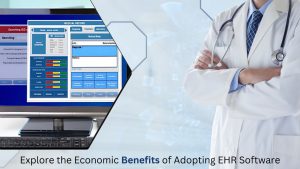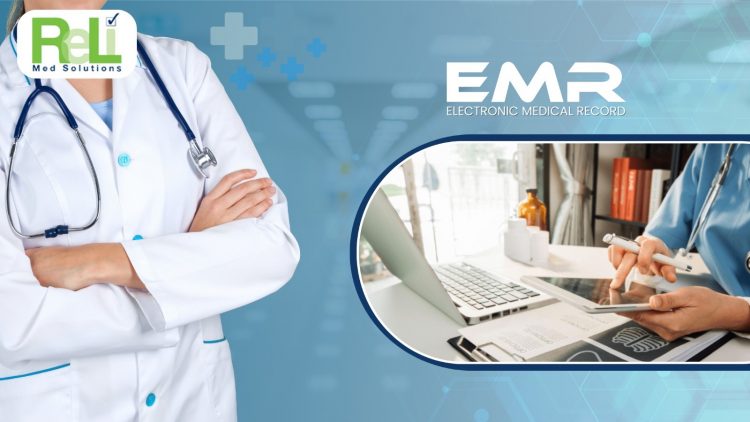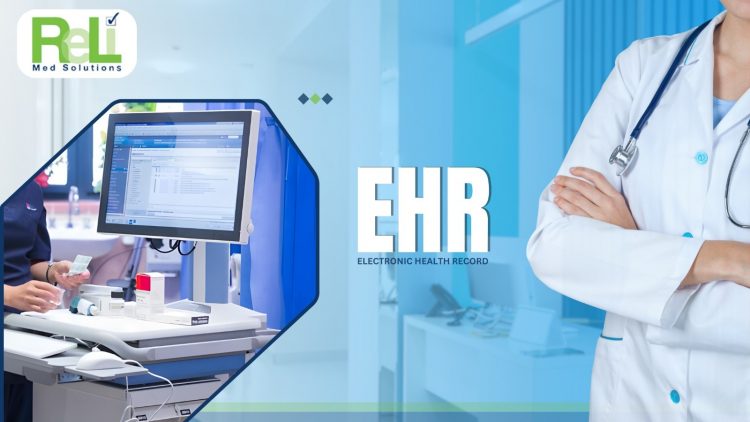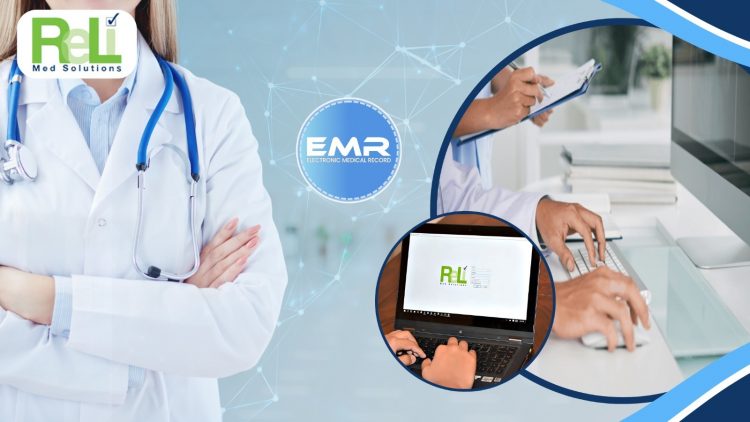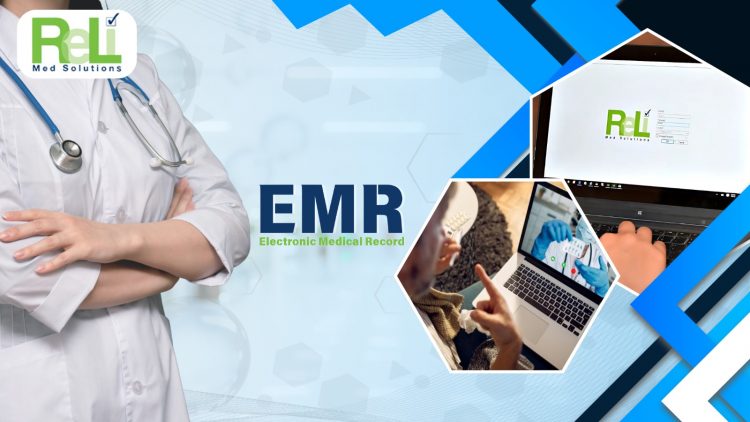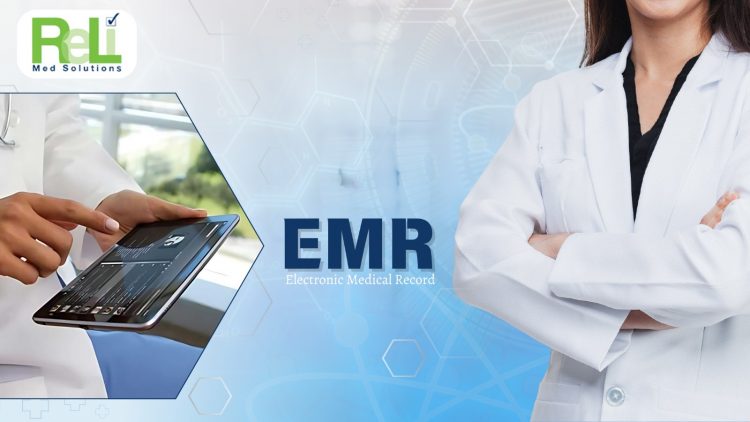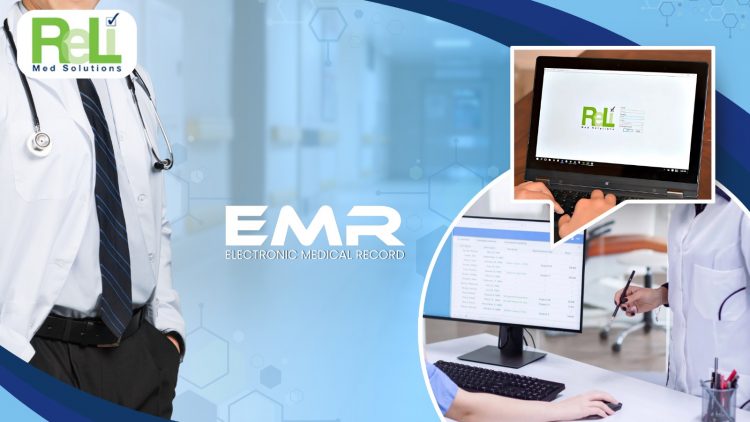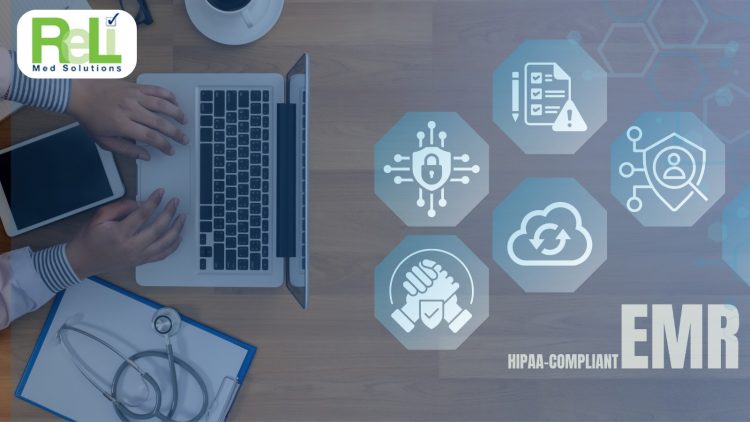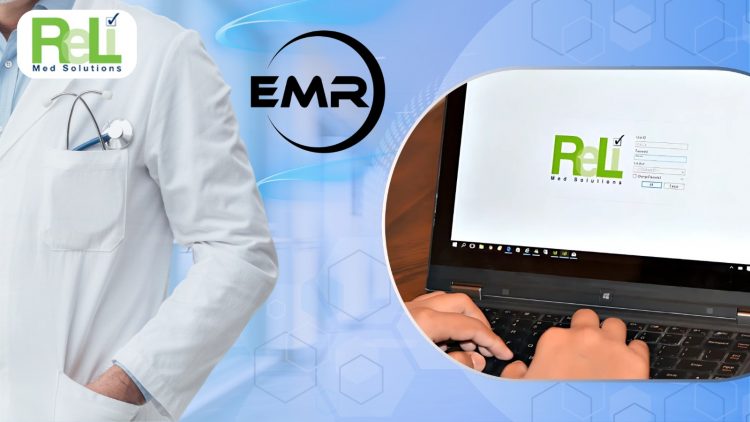Is EMR Software Implementation Time-Consuming: A Simple Step-by-Step Guide
The adoption of EMR Software Implementation is changing the way health care providers manage patient data, update operations, and enhance care delivery. However, the process often raises questions about its time demands. For many medical practices, the view of transitioning from paper records or outdated systems to a digital stage may seem daunting. This guide simplifies the steps involved in EMR Software Implementation, addressing common matters and how it can be a seamless and useful transition with the right approach.
Why EMR Software Implementation Might Feel Time-Intensive?
The process of EMR Software Implementation can seem difficult because it involves steps like staff training, moving patient data, and changing workflows. It might also slow down everyday tasks for a while. However, these changes are necessary for lasting improvement. With good planning and preparation, the process can become easier. The main aim is to make health care work better and follow the vital rules. So, even still it takes time and effort at the start, EMR systems are worth it for the benefits they bring later.
Breaking Down the Process of EMR Software Implementation
Starting with an EMR system might feel hard at first, but breaking it into smaller steps makes it much easier. Here’s how to do it step by step:
- Assessment: Check what your health care center needs. If you know your needs clearly, choosing the right software becomes simple.
- Planning: Make a plan with timelines. Because proper planning avoids mistakes, it helps keep the process smooth.
- Data Migration: Move all patient Medical Records safely into the new system. This is important so patient data is not lost.
- Customization: Adapt the software to fit your needs. Customization is helpful because it makes the system easier to use for your staff.
- Training: Train your staff to use the software well. If your staff feels confident, they will adapt to the system faster.
- Go Live: Start using the system and give support. Because small issues may happen in the starting, support will help solve them easily.
When you follow these steps, EMR Software Implementation becomes simple.
Is EMR Implementation Worth the Effort?
Yes, it is! It may take time and effort, but the benefits are big. EMR systems help improve communication, reduce mistakes, and make following rules easier. They also save time by cutting down on paper work, so staff can focus more on patients. The system also helps with Medical Billing Services, making billing faster and more exact. Since billing mistakes are less, payments come on time. If you are ready to put in the effort, the lasting benefits will be worth it.
How Does EMR Adoption Accelerate Revenue Cycle Management?
RCM is very important in health care, and EMR systems make it much easier. Because they automate many tasks, they save time and reduce errors.
- Less Mistakes: Tech reduces errors in documentation. So, claims are less likely to get rejected.
- Faster Payments: Exact records mean claims are approved quickly.
- Quick Access: All patient information is in one place, making decisions faster and better.
These features make RCM more efficient, helping health care facilities manage money better. If you want faster payments and fewer problems, EMR systems are a great choice.
ReLi Med Solutions: Your Partner in EMR Implementation
EMR Software Implementation becomes much easier when you have the right partner. ReLi Med Solutions helps health care centers of all sizes move to digital systems with minimal hassle. They offer tailored solutions so your system works exactly the way you need. They also focus on making the process smooth and easy for your staff. If you want a trusted partner, ReLi Med Solutions will support you from start to finish.
Conclusion
Some health care providers think EMR Software Implementation is too hard or takes too long. But with proper planning and support from a reliable partner like ReLi Med Solutions, it is much easier than it seems. By following simple steps, you can get the benefits of better care and smoother operations without useless stress. Don’t let the fear of difficulty hold you back. Work with ReLi Med Solutions and enjoy better efficiency, improved patient care, and a more organized system. Their experience will make your move to EMR easy.

